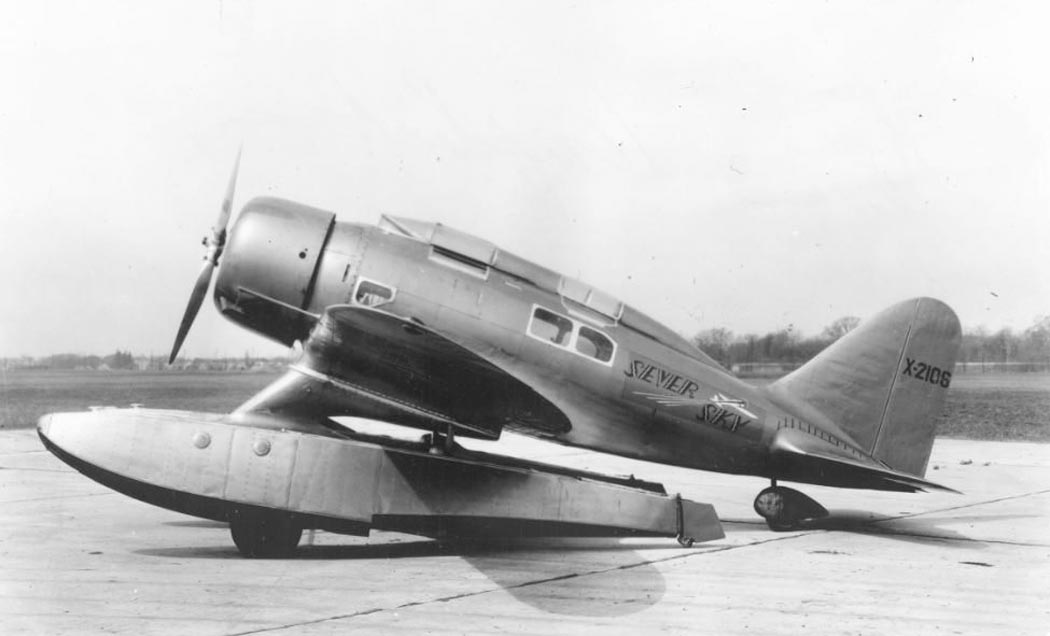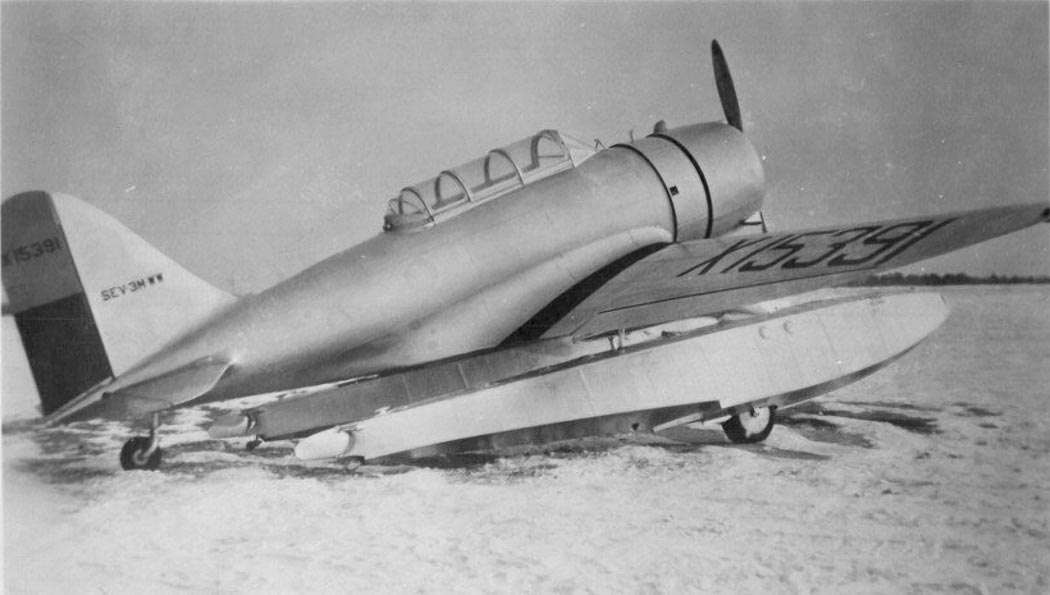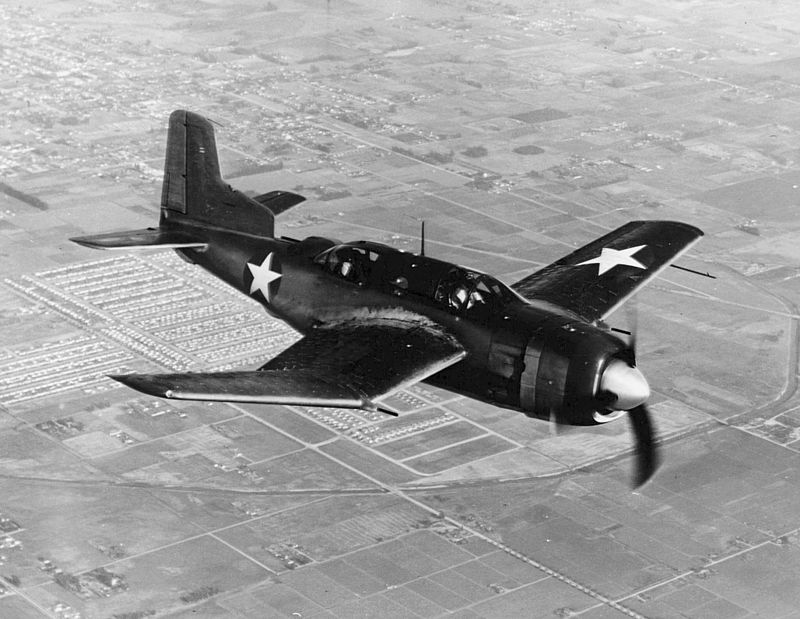Tag: airplane
-
Seversky SEV-3 Amphibian

Seversky SEV-3 Amphibian First flying in 1933, the Seversky SEV-3 was a three-seat monoplane amphibian. It could either be fitted with twin amphibious floats which had main wheels fitted in the floats to allow it to operate from land, or with a fixed tailwheel undercarriage with the mainwheels enclosed in large fairings. The landplane version was developed… Read more
-
Seversky SEV-3M-WW in Colombian Service

Seversky SEV-3M-WW in Colombian Service First flying in 1933, the Seversky SEV-3 was a three-seat monoplane amphibian. It could either be fitted with twin amphibious floats which had main wheels fitted in the floats to allow it to operate from land, or with a fixed tailwheel undercarriage with the mainwheels enclosed in large fairings. The landplane version… Read more
-
Douglas XSB2D-1 Destroyer

Douglas XSB2D-1 Destroyer The Douglas XSB2D-1 Destroyer was designed as a replacement for both the Douglas SBD Dauntless and the new Curtiss SB2C Helldiver. It was fitted with a bomb bay and underwing racks for up to 4,200 lb (1,900 kg) of bombs or one torpedo (typically the Mark 13), while defensive armament consisted of… Read more